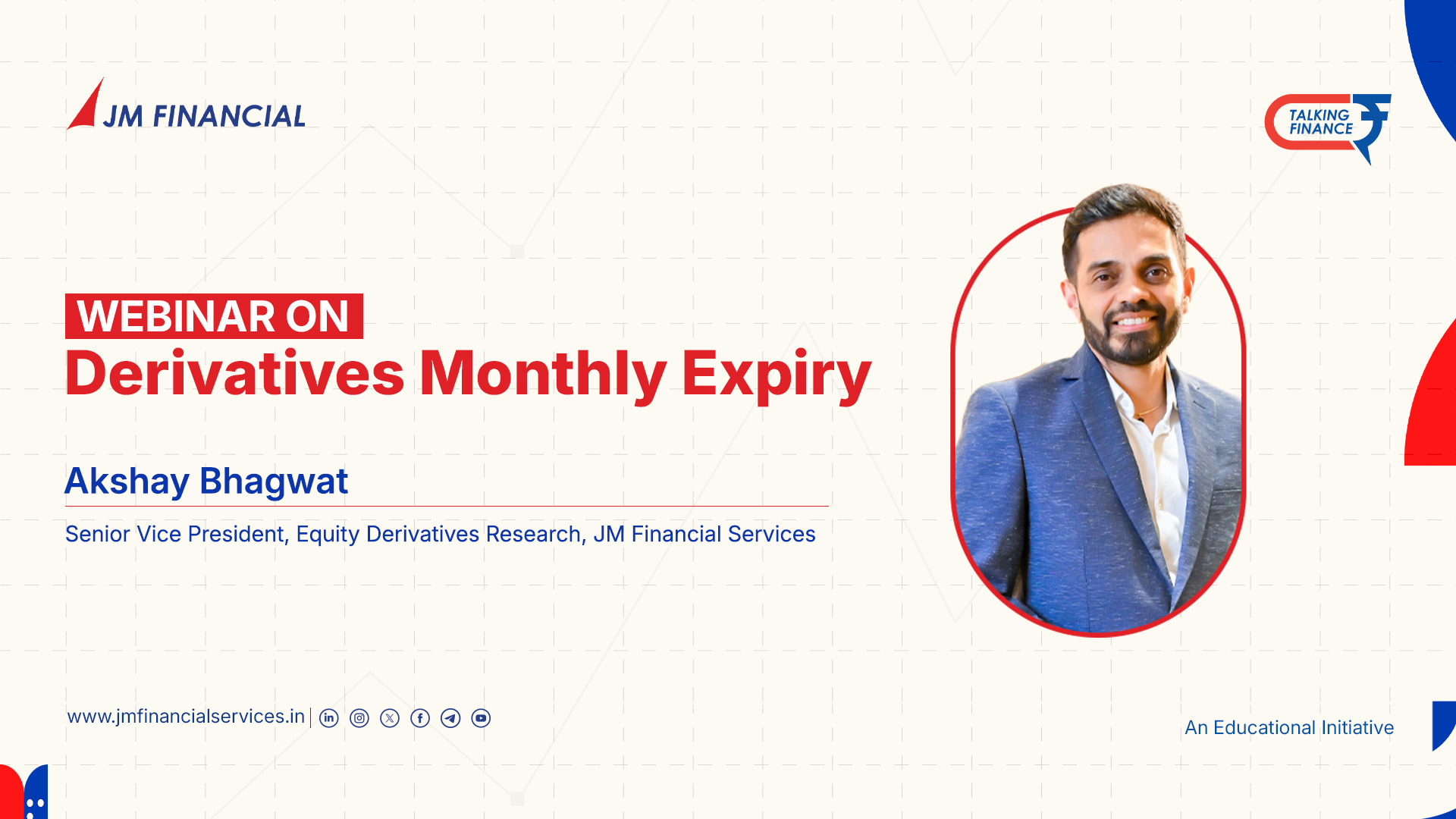Importance of Multi-Asset Investing
Everyone wants high returns, but not everyone can handle the wild swings that come with them. That’s where multi-asset investing comes in. Instead of betting on just one asset class, mixing equity, debt, and gold can help smoothen the ride and improve long-term returns.
Markets, especially equities, can be rewarding but volatile. The Sensex, for instance, has compounded at around 14% annually since India’s liberalisation in the early 1990s. Yet, during this journey, it has regularly seen sharp corrections of 10–50%. Clearly, while the rewards are attractive, surviving the volatility requires either nerves of steel—or a smarter allocation strategy.
Why Asset Allocation Matters
Over the past 15 years, different asset classes have taken turns leading the pack:
- Equity (BSE Sensex TRI) delivered strong gains in many years but also saw steep drawdowns.
- Debt (CRISIL Short Term Bond Index) offered stability and consistent returns, though modest.
- Gold (MCX Gold INR) outperformed during crisis years but lagged in calmer periods.
- Global equities (S&P 500 INR) added diversification and exposure to global growth trends.
Instead of relying solely on one, blending these asset classes reduces dependency on any single performer.
The Science Behind Multi-Asset Investing
1. Equity + Bonds ≠ Always More Risk
Contrary to popular belief, adding a little equity to bonds does not always raise risk.
- A 100% bond portfolio (CRISIL 10-Year Gilt Index) delivered ~7.1% average return with 6.7% volatility.
- Adding just 10% equity improved returns to 8.3% while reducing volatility to 5.9%.
- A 75% bond + 25% equity mix yielded ~10.1% returns with only 7.1% volatility—better returns for nearly the same risk.
2. Adding Gold to the Mix
Gold adds another layer of balance.
- A portfolio with 25% equity + 20% gold + 55% bonds delivered ~10.9% returns with lower volatility (6.4%) than a 100% bond portfolio.
- This shows that diversification isn’t about sacrificing returns—it’s about enhancing them with reduced risk.
Why Discipline is Key
The success of multi-asset investing lies in discipline:
- Rebalancing: Periodically adjusting allocation ensures you book profits from outperformers and reinvest into undervalued asset classes.
- Contrarian approach: Investing in assets when they’re out of favor (like gold during an equity rally) often pays off in the long run.
- Flexibility: Open-minded investors adapt to changing economic conditions, not just stick rigidly to trends.
How JM Financial Services Helps You Diversify
At JM Financial Services, our research team curates mutual funds across equity, debt, and hybrid categories to help you build a well-diversified, multi-asset portfolio. With professional guidance, you can align investments with your risk appetite, time horizon, and financial goals—without getting swayed by short-term market swings.
FAQs on Multi-Asset Investing
Q1. What is multi-asset investing?
Multi-asset investing means diversifying across different asset classes like equity, debt, and gold to balance risk and returns.
Q2. Is multi-asset investing suitable for beginners?
Yes. It reduces risk compared to pure equity investing and is ideal for investors looking for stable, long-term growth.
Q3. How often should I rebalance my portfolio?
Typically, reviewing your allocation once or twice a year is recommended, or when there are significant market movements.
Q4. Does multi-asset investing reduce returns?
Not necessarily. In fact, studies show that mixing equity, debt, and gold can improve long-term returns while reducing volatility.
Q5. How can JM Financial Services help?
JM Financial Services helps investors by shortlisting mutual funds and portfolio solutions across asset classes, enabling you to achieve steady growth with controlled risk.
- PAN Card
- Cancelled Cheque
- Latest 6 month Bank Statement (Only for Derivatives Trading)





